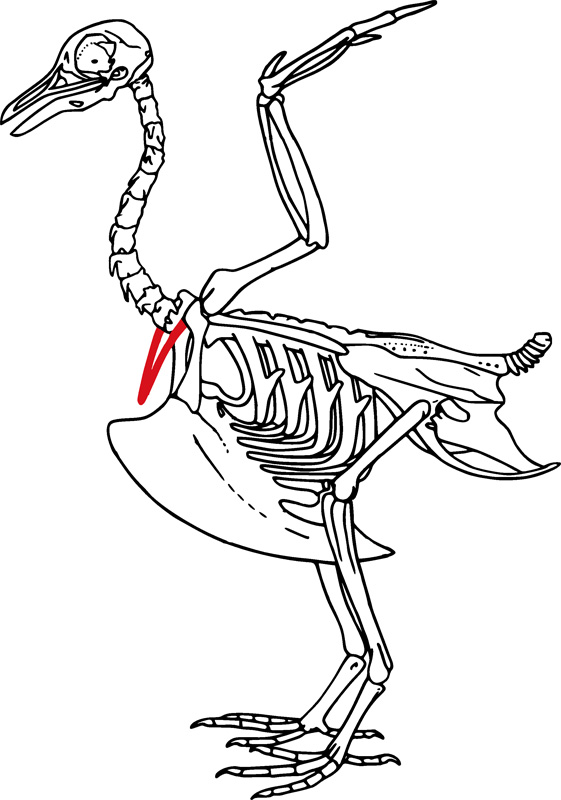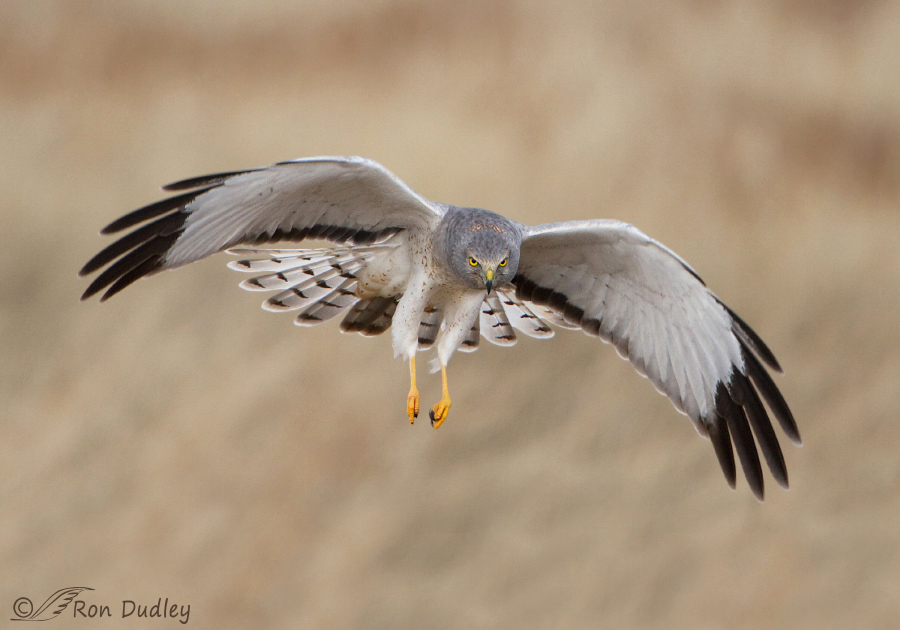I haven’t posted to my blog for several days but I couldn’t let today go by without wishing all of my readers a Happy Thanksgiving. So I’m rerunning an older post I published on Thanksgiving morning seven years ago. I hope you know that my good wishes to all of you are sincere and who knows, you might even learn something about bird anatomy and European history from today’s post.
Furcula – previously known as the “merrythought”…
Pulling on the wishbone to see who gets the long end when it breaks and then has their fondest wish granted has been a festive holiday tradition for centuries. It came to us from the English in the 1600’s (at that time they called the wishbone the “merrythought”) but the “magic” attributed to that oddly shaped bone came to them from the Romans who got it from the ancient Etruscans in Italy.
Who doesn’t have fond Thanksgiving memories of kids (and sometimes adults) squabbling over who gets a chance at the turkey wishbone, since only two can participate?

By I, Toony, CC BY-SA 3.0, https://commons.wikimedia.org/w/index.php?curid=2321740
The actual name of the wishbone is the furcula – seen in red in this stylized rendition of a bird’s skeleton. It’s formed by the fusion of the two clavicles (collarbones) in most birds and some dinosaur skeletons. In humans our clavicles are unfused.
One of the primary functions (there are several) of the furcula in birds is to make flight more energy-efficient. The bone is incredibly flexible (as impatient humans have learned when they try to break the wishbone before it has been dried and rendered brittle) and that flexibility contributes to its function. When a bird’s wings are powered down in flight by the huge pectoralis muscle, the ends of the furcula are stretched apart which loads them with “spring energy”. Then when the wings begin the upstroke the stored energy is transferred to the wings and helps them to move in an upward direction as the ends of the furcula return to their previous shape.
It’s complicated – several muscles and tendons are involved but what an ingenious partial solution to the vexing problem of providing enough energy to power flight without requiring even larger muscles, which would add weight and make flight even more energy consumptive. The ends of the furcula are stretched apart by as much as 50%. They then contract during the upstroke – acting like a spring and powering the upward movement of the wings.

So, the next time you’re admiring the power and grace of a bird in flight (such as this male Northern Harrier) keep in mind that the “wishbone” is partially responsible for their aerial magic. Evolution is a marvelous thing.
OK, enough academics on this Thanksgiving morning. I hope each and every one of my readers has a wonderful and joyous holiday with family and friends and if you partake of the wishbone tradition, may you get the long end of the bone and your fondest wish come true.
As for us – yes, we’re having turkey for Thanksgiving dinner and I already know what I’m going to wish for if I win the tug on the bone. During a wet and heavy snowstorm last night I heard a loud crash and simultaneously felt my house shudder and shake as if a vehicle had crashed into it. I got out of bed, dressed, grabbed a powerful flashlight and went outside in the snow to investigate and my biggest fears were realized. A huge branch from my enormous elm tree had broken off and crashed onto my roof. That branch is as large as many mature trees.
My wish would be that there’s no significant damage to my roof. I won’t know until later today when it hopefully warms up enough to melt the snow up there so I can safely climb up on the roof and investigate. Wish me luck…
Ron
Note: Reading this post again reminded me of how incredibly scary that huge elm tree hanging over my house was. That time I didn’t have any significant roof damage from the fallen limb and my inspection trip to my snow-covered roof was uneventful. But man, am I ever glad that tree is gone.


Thanks for the Wishbone explanation. Very interesting. Thanks for posting.
Hope your roof is ok. Glad you are too!
Happy Holidays!!
Happy T-Day to everyone! So thankful for this community you’ve attracted, Ron! The biomechanics of bone is pretty fascinating. Wishing all a safe, happy, and love-filled day. 💜
Thank you, Marty.
Happy Thanksgiving!
It’s as if you read my mind. That bit of trivia is a part of my upcoming program on Holiday Birds. It will be fun. I’ll also explain the difference between geese having only dark meat whereas a turkey has white meat on the breast. Then I’ll have fun with “The Twelve Days of Christmas” as a look at birds. Many of the verses are already birds but I can fit birds into the rest of the song. It’s a stretch sometimes but I can do it. For example: maids milking. – I can talk about “pigeon milk”, also called crop milk that both male and female secrete from their crop to feed newly hatched chicks. Fun stuff not everyone knows.
A very happy holiday to you and all of your readers!!
“It’s as if you read my mind.”
Yours is one of the best minds to be reading, Dan… 🙂
When I was raising pigeons as a pre-teen and young teenager I spent countless hours watching adult pigeons feeding “pigeon milk” to their offspring. Watching that process up close may be what originally hooked me on bird behaviors.
Happy Thanksgiving, Ron. I an thankful you do not have a branch on your roof this year!
Yes and the furcula is a difficult bone to heal when broken in a living bird. The springy function is often lost hindering flight.
Thanks, April. And thanks from providing that info about furcula healing. If anyone would know that, it would be you.
HAPPY THANKSGIVING.
And if I thought it would help me fly I would have my collar bones fused in an instant.
I got a BIG chuckle out of that one!
We don’t have a Thanksgiving tradition here where I live, but I still
want to wish you a Happy Thanksgiving.
And thanks for another very interesting lesson.
Much appreciated, Jorge.
Happy Thanksgiving Ron!
Appreciate the furcula trivia!
Good. Thanks, Diana.
Wow, what a way to start your Thanksgiving holiday. Sure hope the damage is not too severe Ron. Heavy snows of course can do that.
Thanks for the wishbone lesson. Will never forget this when seeing one. Best Thanksgiving wishes for you and your family and all your FP followers.
Thanks, Everett. That branch fell seven years ago but the memories are still fresh. And unpleasant.
Cool! 🙂 Had no idea the purpose of the furcula other than guaranteed arguments between 6 kids as to who got the do the honors…….. 😉 Spatchcocking our turkey again this year as time/results were impressive last year. Current recipe even tells how to deal with stuffing and suggests removing the furcula before roasting……
I remember that tree coming down (impressive) and can only imagine hearing that limb hitting the roof! 🙁
Happy Thanksgiving all – I enjoy and learn SO much from FP and those that comment! 🙂
Judy, I’ve never spatchcocked a turkey, or even a chicken. Creature of habit you know…
Wow! Thank you for that information.
I wish you a Happy Thanksgiving.
Take Care,
Kaye
Thanks, Kaye.
Fused clavicles– who knew ? Now all of your posse, including me,
knows !Among many other things, I’m grateful for a learning moment at the beginning of almost every day from you and FP, and this year
I’m especially grateful for the peace in which I live and enjoy the beauty of the natural world; such tragic reminders, every day, that not everyone is so fortunate.
Kris, I wish it was every day instead of “almost’ every day. I hope it gets back to that soon.
What a fine holiday themed lesson from the FP professor! I really enjoyed that. Great photo of a Northern Harrier too.
Trees around the house are beautiful, but they can be quite dangerous. Glad things back then turned out well for you.
Wishing you, your loved ones, and all the FP readers a very Happy Thanksgiving, and may all always get the the larger half of the furcula.
Michael, I miss that tree a little for the shade it provided. But having it gone sure gives me more peace of mind.
Great biology/history post. Thanks Ron, and may your holiday be peaceful, plentiful and fortunate.
Thank you, Brett.
Great explanation about the function of the “wishbone.” Happy Thanksgiving!
Thanks, Kenneth.
Have a joyous day! Mine started with this delightful post that I will share with my bird-loving sister!
I hope your sis enjoys it, Kellie.
Happy Thanksgiving Ron. I truly appreciate all of your wonderful posts and I am thankful that a Red-tail and sunflowers led me to your blog. I never knew the “wishbone” had such an important function. I grew up with 3 brothers, so as you can imagine, there was always a heated discussion over whose turn it was with the wishbone.
Mark, I never had a brother but I can imagine the competition over the whishbone.
Thanks so much for another interesting post. The function of the furcula is one I won’t forget although I’ll surely forget the name! I not only enjoy and learn from your posts but I also enjoy the comments of your readers.
Hope your Thanksgiving is wonderful. Interesting information on the wishbone — thanks. I do remember when you took out that huge elm tree.
Thanks, Laurie. Taking out that tree was quite a process.
https://www.featheredphotography.com/blog/2019/04/09/the-demise-of-my-eagle-tree/
Pity the vole whose last moments of life are consumed by the laser-focused eyes of a hunting Gray Ghost! Happy Thanksgiving, Ron. I’m grateful for every post!
Thank you, Diane. “Hunting” is exactly what that harrier was doing when I took the photo. He only briefly looked up at me like he is in the photo. The rest of the time he was looking down for prey.